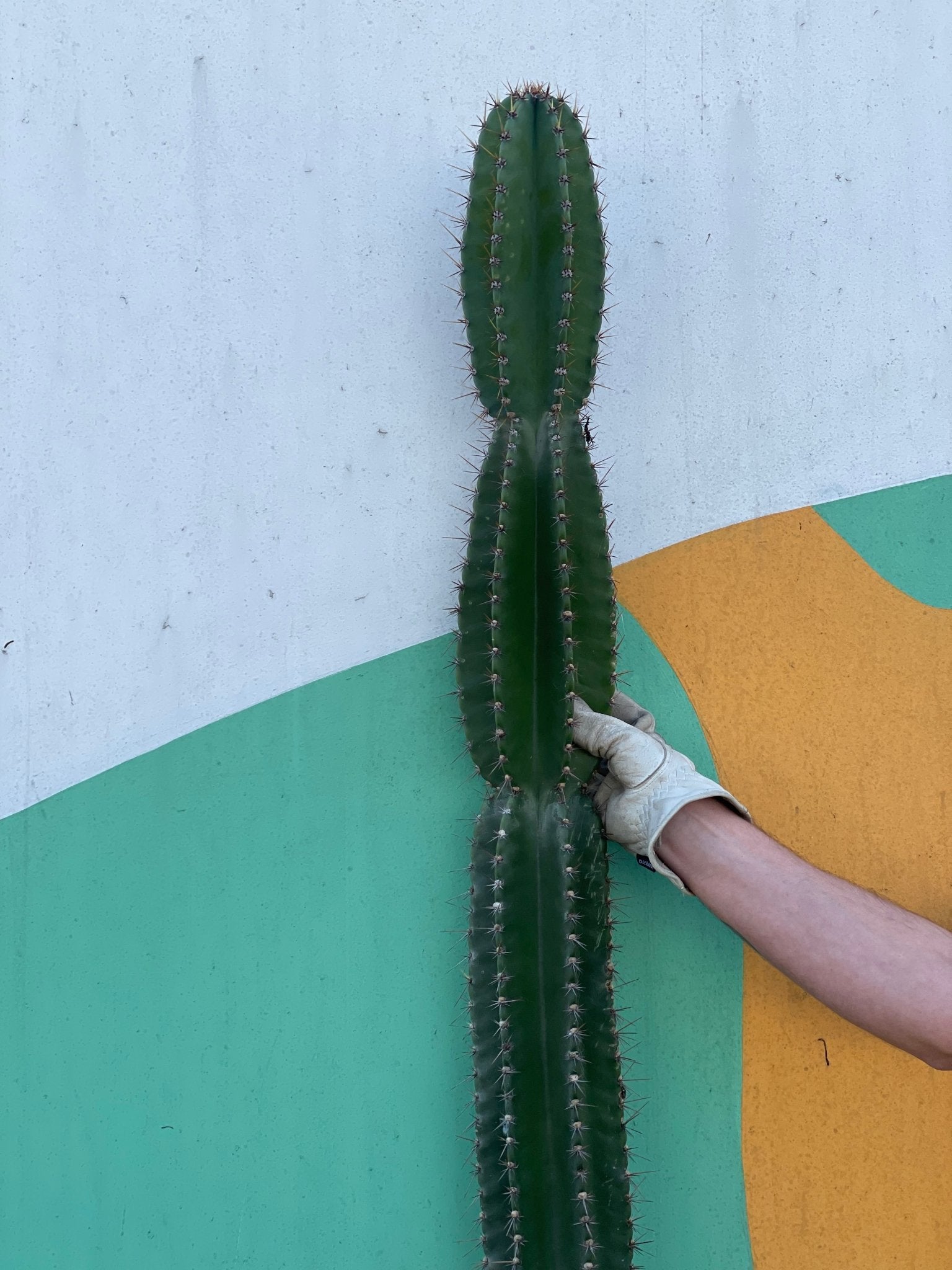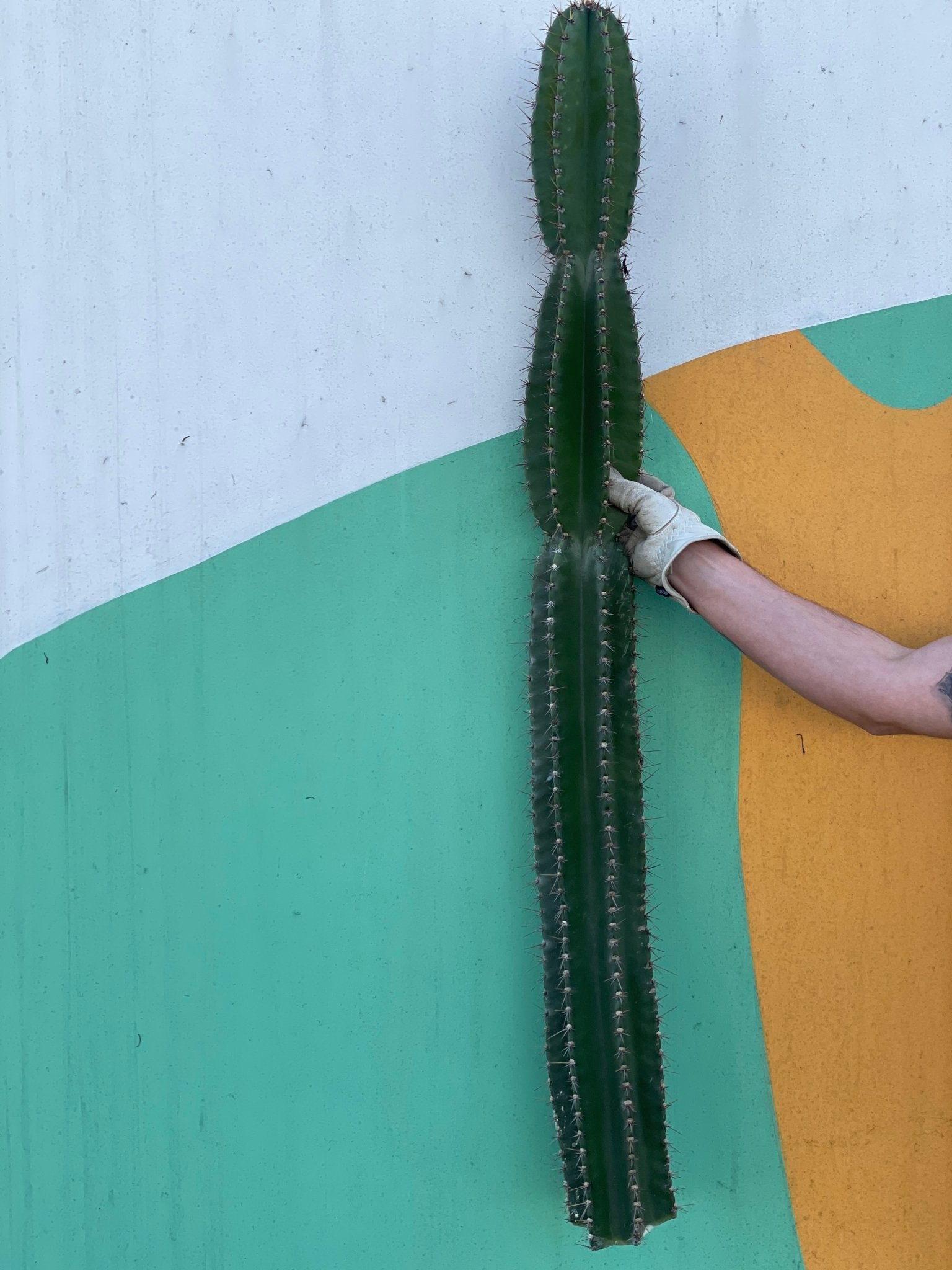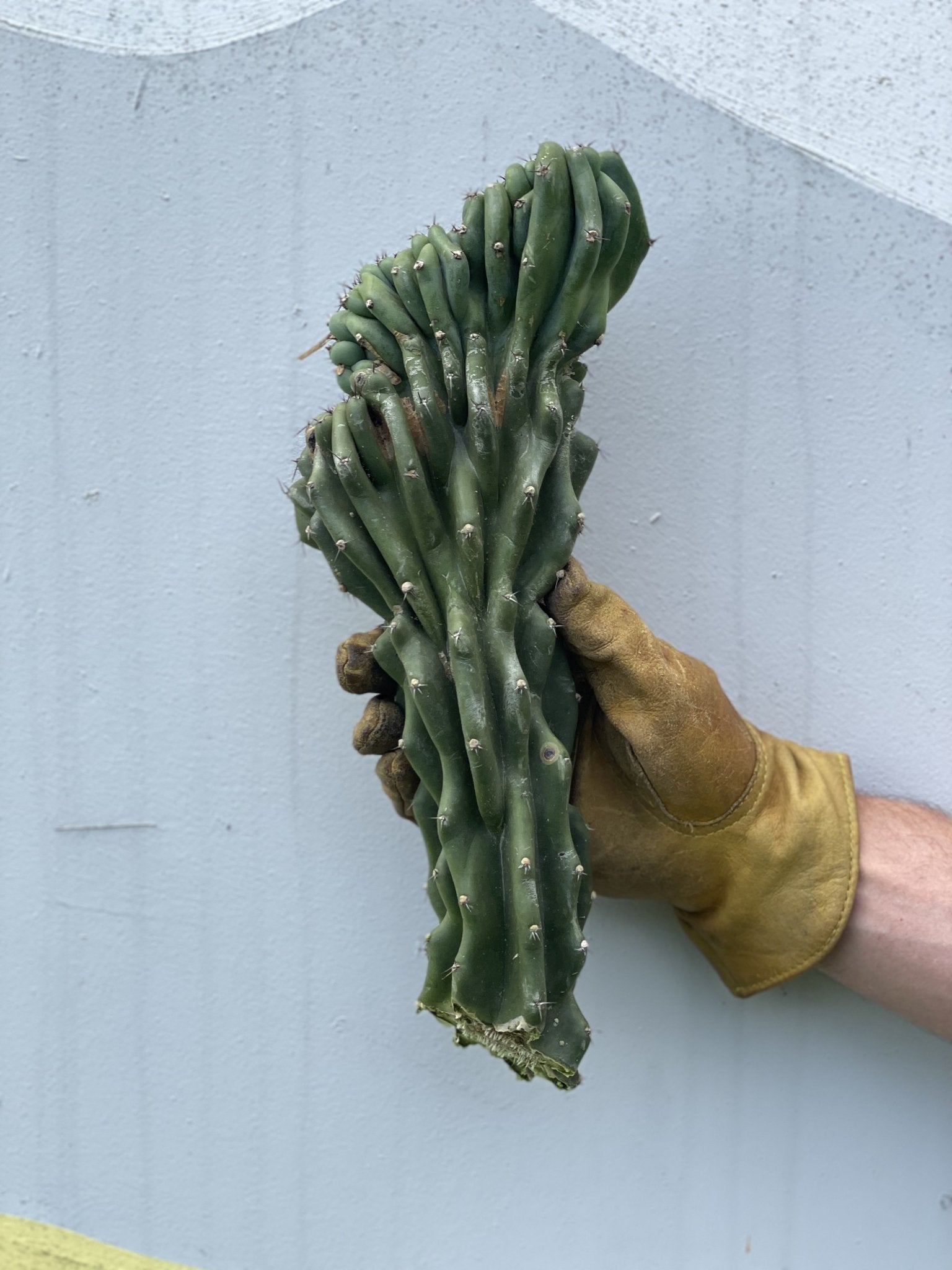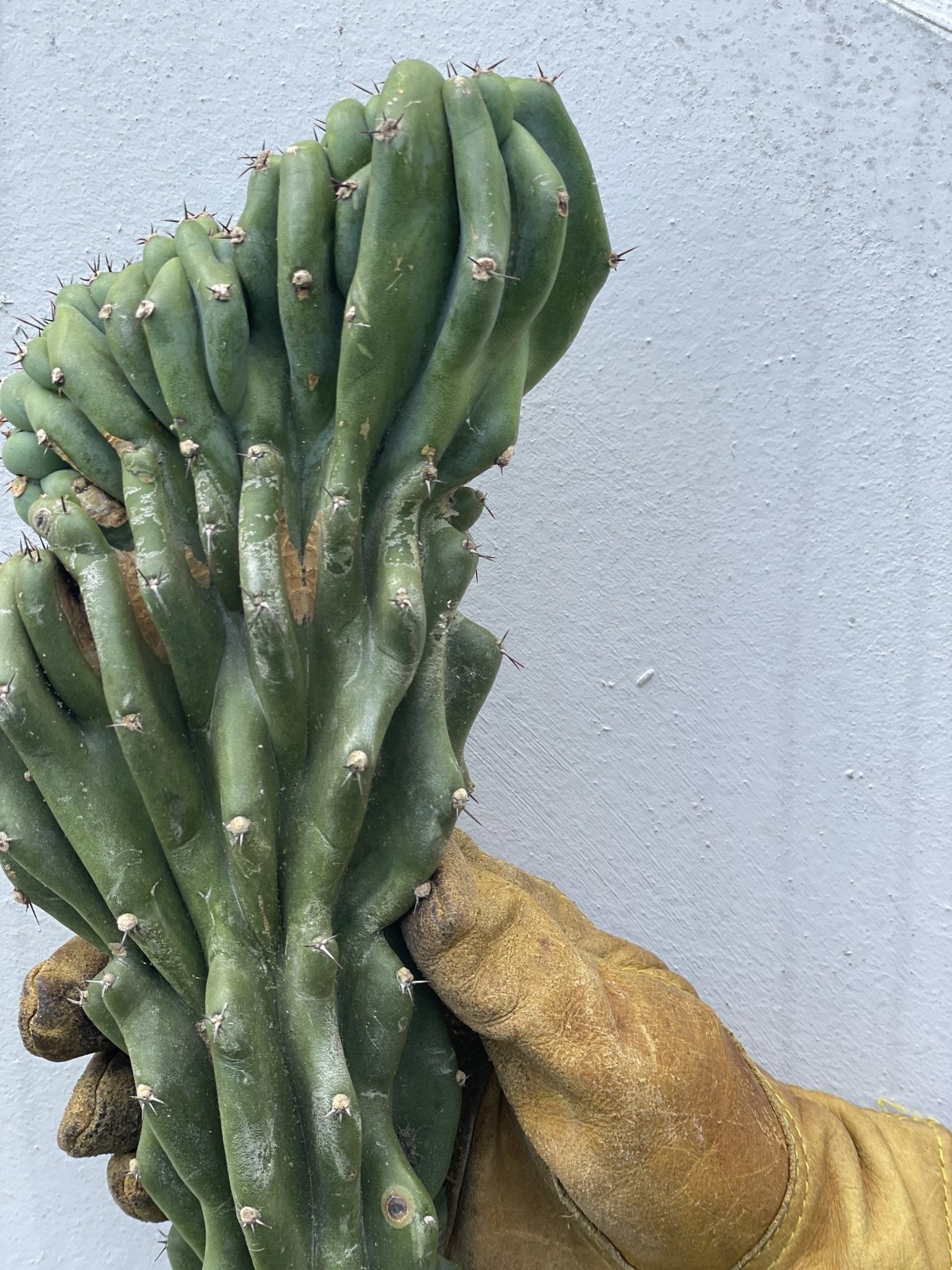The Jade Plant, also known as the money plant or money tree, is a commonly available indoor houseplant that can grow into a large tree with age. It is native to parts of India and Burma but has become quite popular throughout the world.
The money plant thrives indoors in low light conditions and humid air. It requires little care and is suitable for almost anyone to keep as a houseplant. It is easy to propagate from stem cuttings and will send out roots on its own if given enough space.
This article will go over everything you need to know about caring for your money plant and keeping it healthy so you can enjoy its beautiful leaves for as long as possible!
What is a Jade Plant?
The jade plant (also known as the money plant or money tree) is a succulent plant native to parts of India and Burma. It is a member of the Crassula family and is closely related to the jade tree, Burmese jade, and friendship tree.
The money plant is most commonly grown as a houseplant but can be grown outdoors in warm-climate areas that do not experience cold temperatures. It is widely available at most garden centers and is also very easy to propagate.
The Jade Plant is known for its thick, jointed stems, green leaves, and small white flowers. It has a reputation for being extremely lucky and is often used in Feng Shui, which is the art of placing objects in a location to promote positive energy and good fortune.
Why Grow a Money Tree?
The money tree is a very common houseplant that is often given as a gift, especially in Asian cultures. That is because the money tree is thought to attract good fortune, wealth, and prosperity to its owner. The money tree is thought to bring good luck and is a great gift for someone you want to be lucky.
Aside from being a great gift, growing a money tree is a fun way to enjoy the benefits of having an indoor plant. You can also use your money tree as a great example when explaining the benefits of indoor plants to others.
How to Care for a Money Plant
The Money Plant doesn’t require too much maintenance. Most people can easily grow a Jade plant by following a few basic tips and tricks. We have outlined the most important things to consider below; if you follow this advice, you shouldn’t encounter too many problems with your Money Tree.
1. Select an appropriate pot
The money tree prefers to be in a pot that is wide and shallow. Avoid using pots that are too small, which will lead to root rot. The money tree does not like to be moved around too much, so be sure to choose a pot that has plenty of room for it to grow. If you want your plant to grow big and strong, then make sure you have ample space for the roots to spread out.
2. Select the right soil
The money tree prefers a soil that has a high amount of sand or grit. It should be kept on the dry side but still watered regularly. If you have hard water, add some peat moss or pearlite (a type of vermiculite) to the soil before planting, if possible, so it won't leach nutrients out of the soil too quickly.
3. Select the right location
The money tree prefers low-light conditions and humid air. It should be kept away from direct sunlight. If you have a lot of light in your home, consider moving your plant to a darker area for some of the time each day. This will help keep it from getting too sunburned, something that can happen if the plant is exposed to direct sunlight for too long.
4. Pay attention to the humidity
Humidity is also important for your Jade Plant’s health. Keep the soil moist at all times but avoid over-watering. If you live in a dry climate, try adding some pebbles or gravel on top of the soil and watering them instead of the soil itself. This will allow water to seep down through the pebbles or gravel and into the soil below without getting absorbed too quickly by the top layer alone.
5. Add fertilizer every month or two
The money tree should be fertilized once a month to promote proper growth and to keep the soil healthy. Fertilization is easy: just add 1/2 teaspoon of liquid fertilizer to the dirt in each pot once a month. You can also add a handful of compost over the top of the soil, but if you choose to use this method, then once every few months should be sufficient.
When to Water a Jade Plant
The jade plant is one of the hardiest plants around. It can grow in a wide range of temperatures and conditions, but you'll still want to water it correctly.
The best way to water your jade plant is to use room-temperature water that's been sitting out for a few hours so that it's not too cold or hot. You should also make sure that there are no additives in the water you are using. This includes fluoride, chlorine, and other chemicals. If you have well water or softened water, you should use distilled water instead.
When watering your jade plant, be careful not to overwater it! Jade plants like their soil to dry out before they get watered again. To prevent overwatering, don't let any part of the soil remain damp after watering; wait until all of the excess moisture has been absorbed by the soil before watering again.
If your plant starts looking wilted even after proper watering practices (which means that its leaves are curled up), then it may need more light (jade plants prefer bright indirect sunlight). If this happens often and doesn't seem like an issue with sunlight levels, then try moving your plant closer to a window.
Repotting a Jade Plant
Repotting your jade plant is necessary when you notice that it has outgrown its current pot. The roots of this plant can become very deep and may not have enough room to grow if they are restricted by the size of the container.
When repotting your jade plant, use a pot that is 2 to 3 inches larger than your current one so that the roots have plenty of room to spread out. You will also want to make sure that there are drainage holes in your new pot so that water does not collect in the bottom of it.
Take your jade plant out of its old pot by gently pulling upward on each side until it pops out easily from the dirt around it. Fill up your new container with fresh potting soil until it reaches about halfway up the sides of your old container, then place your plant in its new home by pressing down firmly around its base until all air pockets are eliminated from between its roots.
If your jade plant has been repotted in a large container, you will need to cut the roots of your jade plant so that they are not too long, or it may become overcrowded. You can cut the roots of your jade plant by using a sharp knife or scissors and then use a potting soil mix to fill up the empty space where the roots once were.
When repotting your jade plant, make sure that you do not place it in an area with high humidity, as this may cause damage to the root system. If you notice that this is happening, then you can remove it from its container and place it in a larger container with less humidity until the root system recovers itself.
Conclusion
The money tree is a beautiful houseplant that is easy to care for and is great for nearly any indoor environment. It not only looks beautiful but also helps clean the air in your home, making it a truly useful plant.
If you are interested in growing a Jade Plant for good luck, you will have to wait about six months for the plant to begin to grow flowers and leaves that will have the lucky properties.
Growing a money tree is a great way to bring good fortune into your home and to enjoy the beauty of an indoor plant. We hope this guide helps you grow and maintain your money tree for many years to come.







Leave a comment